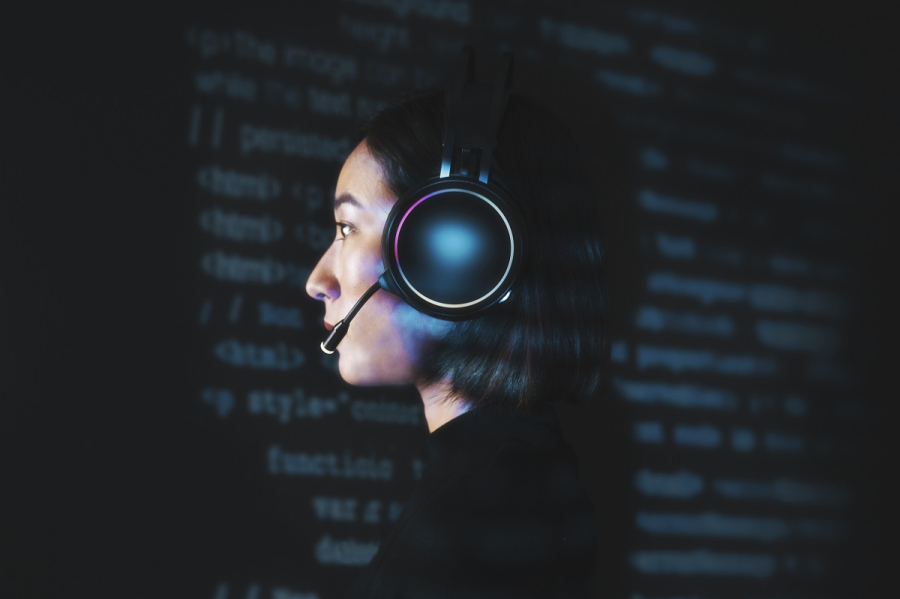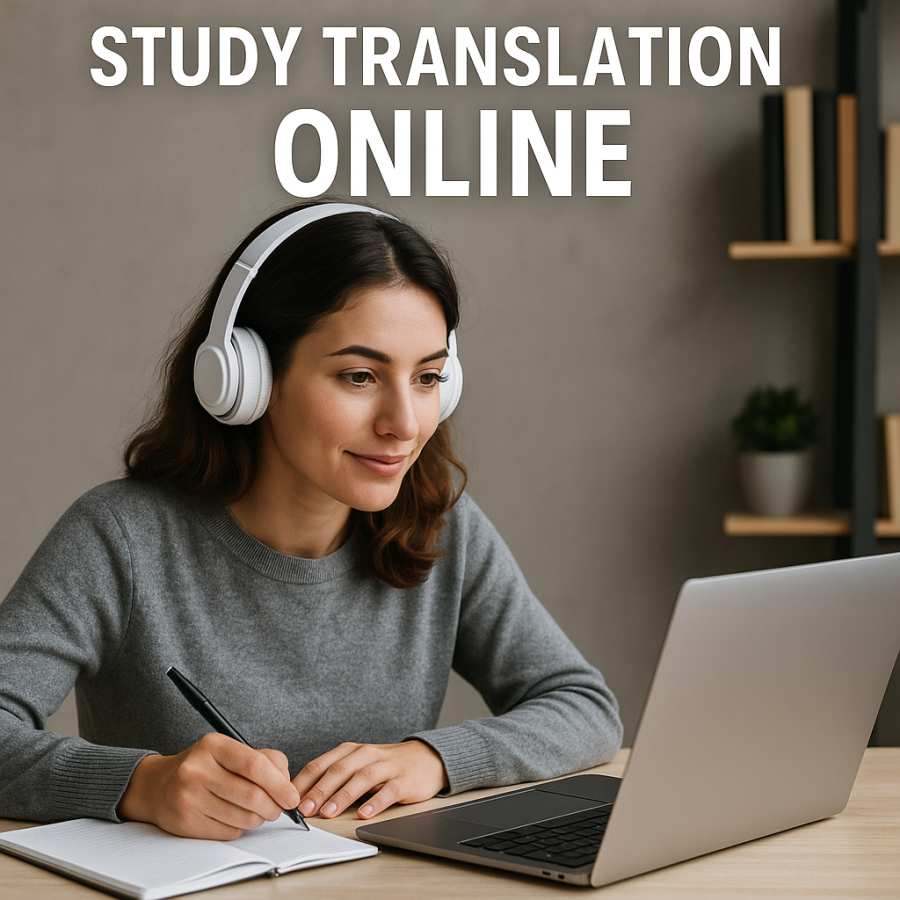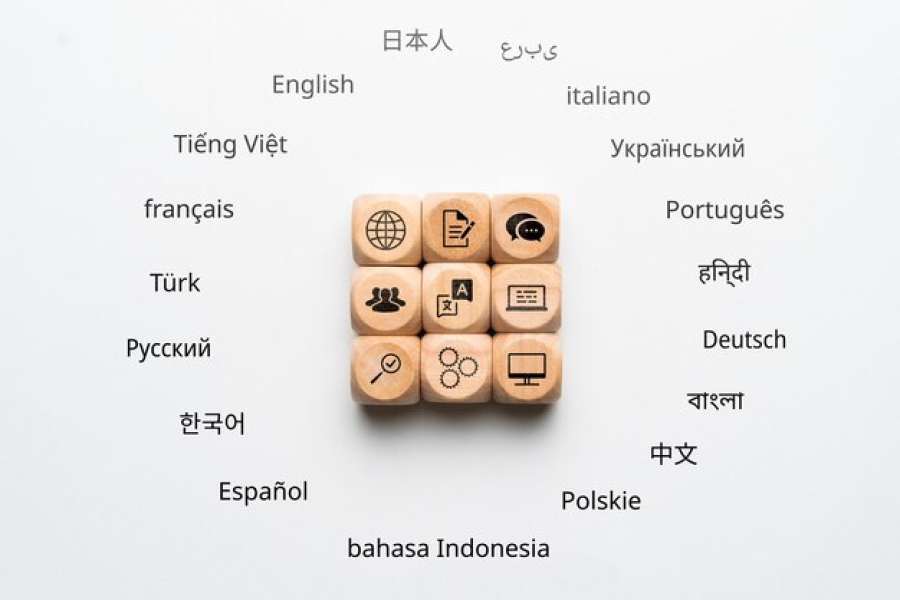The Future of Translation in the Age of AI in 2024
The Future of Translation in the Age of AI in 2024
Translation is the process of converting one language into another while preserving the meaning and style of the original text. It plays a crucial role in communication, education, business, culture, and various aspects of human society. Despite its importance, translation is a challenging task requiring skill, knowledge, and creativity.
Traditional Challenges in Human Translation
Human translators, responsible for traditional translation, face limitations:
- Cost: Human translation is expensive and time-consuming, particularly for extensive text volumes or uncommon languages.
- Scalability: It struggles to meet the rising demand for multilingual content in the digital age.
- Consistency: Quality and style can vary based on the translator's expertise, preferences, and mood.
- Availability: It may not be accessible or convenient, especially for low-resource languages or real-time scenarios.
The Role of AI in Translation
To address these challenges, Artificial Intelligence (AI), specifically Machine Translation (MT), has been introduced. MT aims to create automated systems capable of translating any language, text, or situation swiftly, cost-effectively, and with consistent quality.
Types of Machine Translation
-
Rule-based machine translation (RBMT):
- Uses linguistic rules and dictionaries.
- Captures grammar and syntax but struggles with idioms and slang.
-
Statistical machine translation (SMT):
- Utilizes a large corpus of parallel texts to learn translation probabilities.
- Good at handling variability but requires substantial data and computational power.
-
Neural machine translation (NMT):
- Involves a neural network to mimic the human brain's structure.
- Generates fluent translations but may introduce errors.
Achievements and Progress in Machine Translation
Recent advancements, especially in NMT, have led to significant achievements:
- Translating rare and low-resource languages: Preserves and revitalizes languages with few speakers or resources.
- Translating speech and voice: Facilitates natural communication in over 10 languages, including Arabic, Chinese, and Hindi.
- Translating images and videos: Utilizes optical character recognition and computer vision for signs, menus, and subtitles.
Challenges and Limitations of Machine Translation
However, machine translation is not flawless and faces challenges such as:
- Quality: May lack accuracy and faithfulness to the original text, and can introduce biases.
- Context: Might miss the meaning and intention behind words and sentences.
- Creativity: Struggles with creative and artistic texts, lacking the originality of human translators.
Machine Translation as a Tool, Not a Replacement
Machine translation is seen as a complement to human translation, improving productivity, efficiency, and quality. Post-editing, where human translators review and correct machine-generated output, ensures accuracy and appropriateness.
Future Trends and Opportunities
The future of translation in the age of AI holds promising trends and opportunities:
- Multimodal machine translation: Beyond text and speech, translating gestures, facial expressions, and body language for more natural communication.
- Multilingual machine translation: Translating between multiple languages simultaneously, fostering inclusive and diverse communication.
- Adaptive machine translation: Adapting to user-specific needs, enabling personalized and customized communication.
In conclusion, translation remains a vital activity connecting people, cultures, and knowledge. In the age of AI, it represents a collaborative partnership between humans and machines, languages and cultures, past and future.





Comments (0)